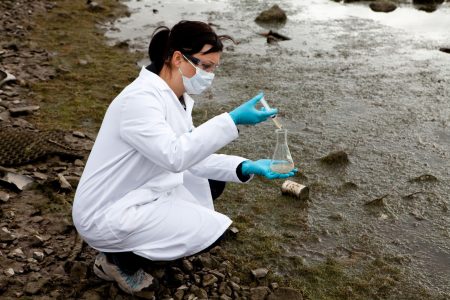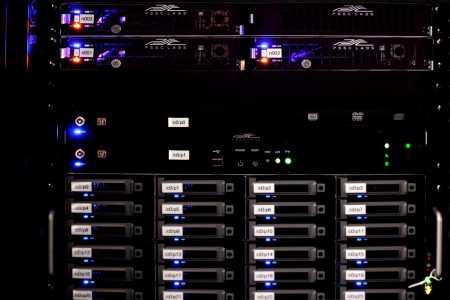Metagenomics
BaseClear offers dedicated metagenomics services to answer two fundamental questions in microbiome studies – “what microbial species are there?” and “which molecular functions are they...


Today, host- and environment-associated microbial communities like those living in the human gut, skin, soil, and water are more and more studied in terms of their functional capacity and activity. For the latter, metatranscriptomics is the method for profiling active microbial functions. BaseClear developed an industry leading hybrid metatranscriptomics workflow that combines the best alignment- and an assembly-based methods for metatranscriptomics projects. Our services provide the user with the most complete picture of the microbial functions and their expression levels in the sample.
Our industry leading metatranscroptomics pipeline is a hybrid solution that combines the best of two worlds: an alignment- and an assembly-based method are incorporated into a novel, comprehensive, and generalizable pipeline. First, the reads are quality checked and aligned to nucleotide and protein databases of coding sequences. Those reads that did not align to the databases are assembled into transcripts, which are used to predict and annotate microbial genes. These annotated genes are then used to profile microbial functions using KEGG and COG databases. The functional expression results from the alignment- and assembly-based steps are combined into tables that provide the user with a complete picture of the microbial functions and their expression levels in the sample. The main deliverables are:
Like in metagenomics, metatranscriptome data can be analysed using database alignment- or assembly-based methods. Yet both approaches come with disadvantages. While database-dependent alignment-based methods leave many NGS reads uncharacterised and cannot detect novel microbial functions, assembly-based methods suffer from long runtimes, assembly errors, and difficulties in reconstructing genes with low expression.
Read more about this evaluation in our blog
BaseClear offers dedicated metagenomics services to answer two fundamental questions in microbiome studies – “what microbial species are there?” and “which molecular functions are they...

BaseClear offers a wide range of advanced bioinformatics and biostatistics solutions, primarily in the areas of genomics and microbiomics data analysis. Our state-of-the-art analysis guarantee high...

The complexity of human microbiome goes beyond assessing the microbial diversity. Internally and externally we are inhabited by millions of microbes with different dominant microbial species per...